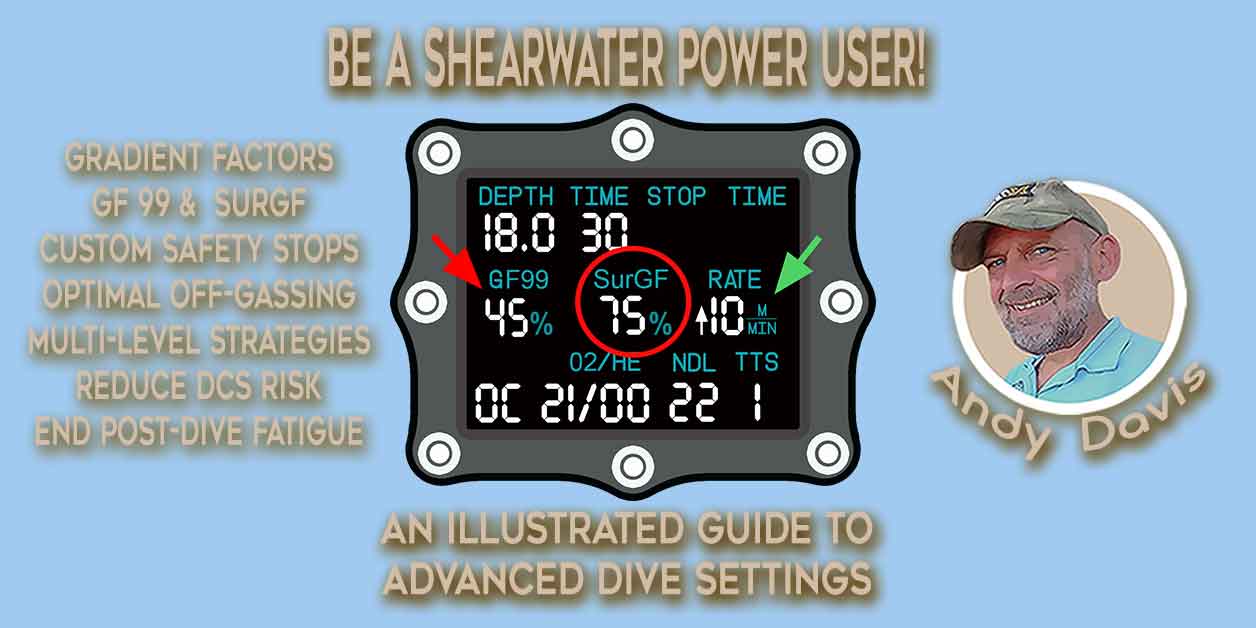This popped up in my Chrome feed
Excellent article about Shearwater computers and GF99 and SurGF

 scubatechphilippines.com
scubatechphilippines.com
Excellent article about Shearwater computers and GF99 and SurGF

Shearwater Dive Computer Settings: Become A GF Power User!
An illustrated guide to getting the best out of your Shearwater dive computer settings. Don't be intimidated by the advanced display options!
 scubatechphilippines.com
scubatechphilippines.com




